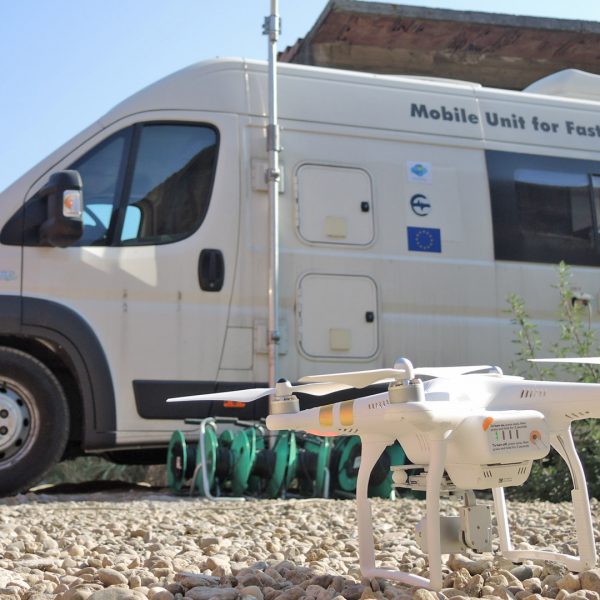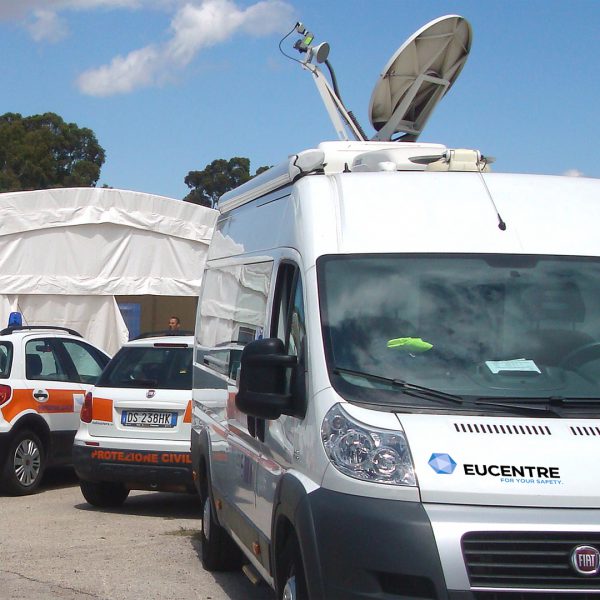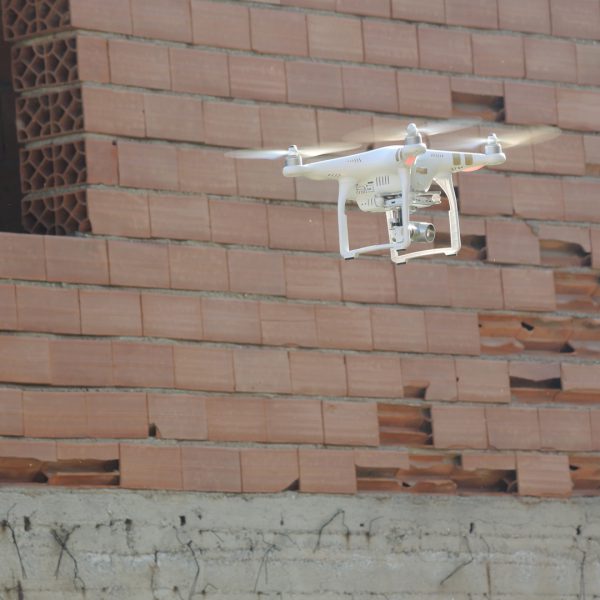Within international context of Civil Protection contexts, the so-called “prevention and preparedness” activities are the cornerstones of disaster risk reduction policies.
The former are activities that, starting from the assessment of risks, plan their management and mitigation. The latter include actions and development of tools allowing a rapid response at the occurrence of a catastrophic event.
The Emergency Planning and Support Department develops and manages technical support services to the emergency (institutional but not only) with a view to “prevention and preparedness”, and services of rapid response to catastrophic events or for the management of local dimension events, within the perspective of strengthening the awareness and resilience of communities with respect to emergency events.
The first area refers to studies for the risk management and to the development of tools to be used for the technical management of the emergency, e.g. advanced data collection tools for damage survey, decision support tools for emergency management, automatic methods of damage recognition through the use of drones, advanced sensor systems and early warning, methods of fast assessment, monitoring systems on the cloud platform, studies in the policy framework linking disaster risk reduction to climate change.
The second area includes active services, which make use of developed tools, to effectively respond to the emergency: real-time damage scenarios, inspection of structures and infrastructures, ordinary and advanced viability assessments, experimental tests of structural and soil characterization, structural monitoring systems, evaluation of emergency plans.
Advanced system post-earthquake inspections




